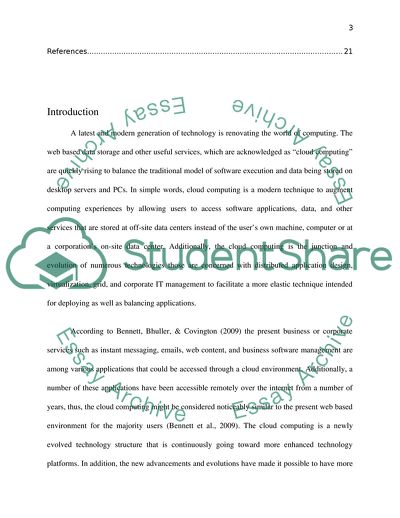Cite this document
(Service Level Agreement and Governance for Cloud Computing Coursework Example | Topics and Well Written Essays - 3500 words - 1, n.d.)
Service Level Agreement and Governance for Cloud Computing Coursework Example | Topics and Well Written Essays - 3500 words - 1. https://studentshare.org/information-technology/1809345-service-level-agreement-and-governance-for-cloud-computing
Service Level Agreement and Governance for Cloud Computing Coursework Example | Topics and Well Written Essays - 3500 words - 1. https://studentshare.org/information-technology/1809345-service-level-agreement-and-governance-for-cloud-computing
(Service Level Agreement and Governance for Cloud Computing Coursework Example | Topics and Well Written Essays - 3500 Words - 1)
Service Level Agreement and Governance for Cloud Computing Coursework Example | Topics and Well Written Essays - 3500 Words - 1. https://studentshare.org/information-technology/1809345-service-level-agreement-and-governance-for-cloud-computing.
Service Level Agreement and Governance for Cloud Computing Coursework Example | Topics and Well Written Essays - 3500 Words - 1. https://studentshare.org/information-technology/1809345-service-level-agreement-and-governance-for-cloud-computing.
“Service Level Agreement and Governance for Cloud Computing Coursework Example | Topics and Well Written Essays - 3500 Words - 1”. https://studentshare.org/information-technology/1809345-service-level-agreement-and-governance-for-cloud-computing.


